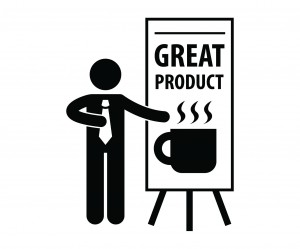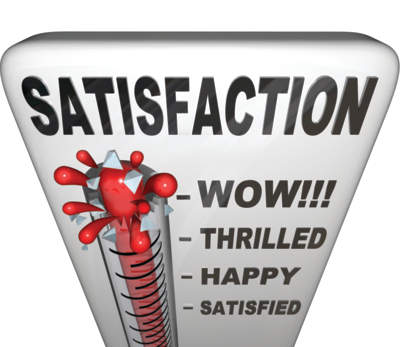Stephen Covey’s “The 7 Habits of Highly Effective People” is one of the best-selling and most influential personal development books of all time. The Seven Habits themselves are a simple set of rules for life and powerful principles anyone can apply to improve their personal productivity and performance. In this article, we’ll look at each of the habits and how they apply to maximizing success as a sales/customer service professional.
When salespeople are afraid of what a customer might say, they end up losing sales opportunities because they don’t find out what the customer really wants. For example, what if the customer says, “Your price is too high.” It’s a knee-jerk reaction to offer a lower price. Instead, be proactive and try to uncover the unique buying criteria important to that customer so the price objection doesn’t come up in the first place.

Do your uniforms look like every other shop in the area? Does your waiting room look the same? Do your advertisements look exactly like what everyone else is sending? These things are all part of your shop’s brand – its image in the community. And you can either choose to look, sound and act like everyone else, or you can choose to build your own brand, tell your own story and set yourself apart.

A few years back, my service advisor was speaking to a customer about the condition of her tires. He explained in detail that the tires on her car were worn to the point that she needed to replace them and recommended that she do this before the winter. She believed my service advisor and was thrilled he took the time to educate her. But, he forgot one important part of the sales cycle; Asking for the sale.
Each and every interaction your salespeople have with potential customers on the phone is an opportunity to enhance customer relations, the image of your business and increase sales. So, be honest, are your salespeople properly equipped to optimize each and every phone interaction they have with potential customers?

Just when I thought I was doing everything that I could to increase sales, I learned something very important: I very rarely sold struts or shocks. Basically, I really didn’t know when struts or shocks were bad until they completely failed. I’m finding that my clients, and most shop owners who I speak with, don’t know either.
If you think you’re too busy running your shop to focus on branding, you might want to think again. Thanks to longer service intervals and better-built cars, your customers don’t have to visit you as often as they did in the past. They also have more choices when it comes to service – from specialty providers to dealerships to chains that seem to have shops on every corner.

Your roadmap begins with collecting all the labor dollars for your technicians’ time. Through measuring and managing, you can determine whether or not you are collecting all the labor dollars that are available to you, or if you are leaving money on the table. Once you start measuring a few important metrics, especially effective labor

No customer likes surprises when it comes to doing business with any type of service provider. When customers can count on consistently great service each time they do business with you, their confidence increases and they are far less likely to shop around for their vehicle service needs. But when the customer’s experience is inconsistent


